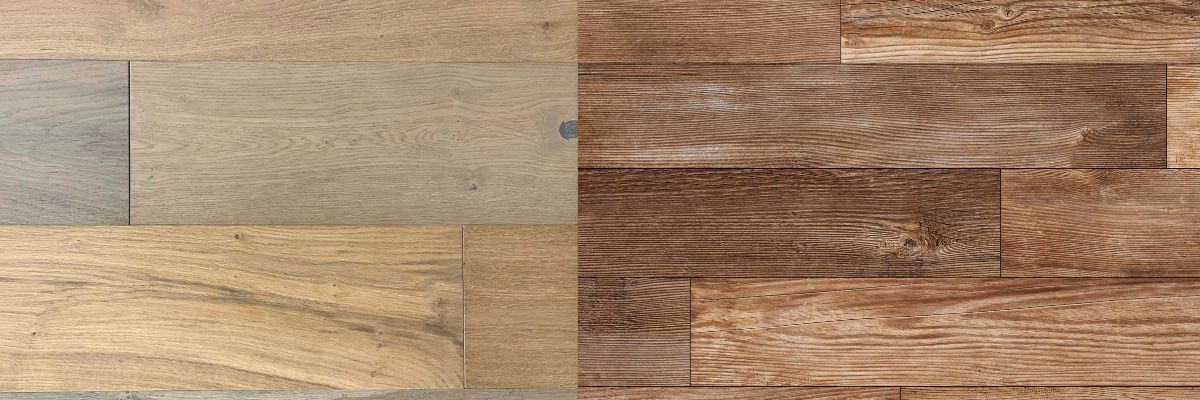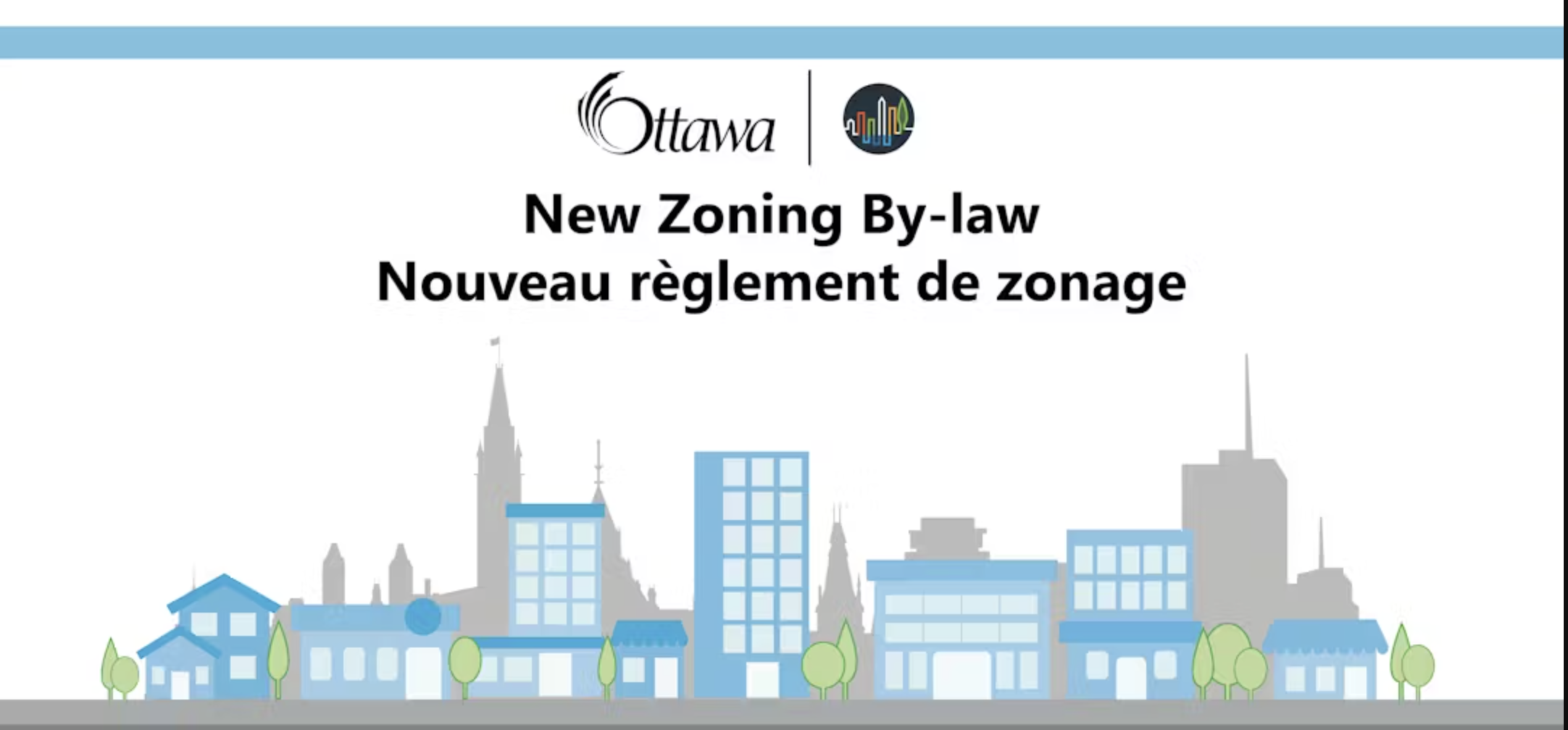Wood Floor Vs Engineered Wood Floor: Understand The Difference
Choosing the right type of wood flooring can significantly impact the style, durability, and value of your home. The two primary options - solid hardwood flooring and engineered wood flooring - both offer the beauty of real wood, but they differ in terms of construction, stability, cost, and where they’re best used.
Understanding these differences will help you select the best flooring for your needs, whether you're remodeling a single room or flooring an entire home.

Understanding the Basics
What Is Solid Wood Flooring?
Solid wood flooring, also known as hardwood flooring, is made from a single piece of hardwood such as oak, maple, or walnut. It’s typically about 3/4 inch thick and can be sanded and refinished multiple times throughout its lifespan. This type of flooring is prized for its durability, natural beauty, and ability to last for generations when properly maintained.
What Is Engineered Wood Flooring?
Engineered wood flooring is composed of a real wood veneer (top layer) bonded to several layers of plywood or high-density fiberboard. The total thickness is often around 1/2 inch, with the wear layer typically measuring between 1/16 and 1/8 inch. The multi-layer construction makes engineered wood highly stable and resistant to moisture and temperature fluctuations, making it suitable for a wider range of rooms and subfloors.
Feature-by-Feature Comparison
Structure
Solid Wood Flooring
Solid wood flooring is made from a single, continuous piece of hardwood throughout the plank. This traditional structure gives the material its characteristic strength and natural variation. Its uniform composition makes it suitable for sanding and refinishing many times and contributes to a long overall lifespan.
Engineered Wood Flooring
Engineered wood flooring consists of a top veneer of real hardwood bonded to multiple layers of plywood or high-density fiberboard. This layered construction makes engineered wood more dimensionally stable than solid hardwood, helping it withstand environmental stressors like moisture and heat with less risk of warping or cupping.
Durability
Solid Wood Flooring
Solid hardwood is known for its exceptional durability, often lasting 50 to 100 years or more if maintained properly. Its ability to be resurfaced multiple times helps preserve its integrity and appearance over generations, making it a favorite for long-term investments.
Engineered Wood Flooring
While engineered wood is also durable, it typically offers a lifespan of 20 to 50 years, depending on the thickness of the wear layer and the quality of materials used. High-end engineered floors can come close to the lifespan of solid hardwood, but budget options may wear out more quickly.
Refinishing
Solid Wood Flooring
One of the most valued features of solid wood is its ability to be sanded and refinished multiple times - typically up to 10. This allows homeowners to renew the floor’s appearance and repair damage many times over the years without replacing the material.
Engineered Wood Flooring
Engineered wood flooring has limited refinishing potential due to the thin veneer of hardwood on top. Most products can only be sanded 1 to 3 times, and in some cases, not at all. Always check the thickness of the wear layer when comparing products if refinishing is important to you.
Stability
Solid Wood Flooring
Solid wood is more sensitive to environmental changes. It expands and contracts with shifts in humidity and temperature, which can lead to gaps, cupping, or warping if not carefully monitored with humidity control.
Engineered Wood Flooring
Engineered wood is designed for dimensional stability. Its layered construction resists expansion and contraction, making it a better choice for homes with fluctuating humidity, radiant heating systems, or inconsistent climate control.
Room Suitability
Solid Wood Flooring
Best suited for dry, above-grade spaces, solid hardwood excels in living rooms, bedrooms, and hallways. It’s not recommended for basements, bathrooms, or any area prone to moisture, as it can swell or warp.
Engineered Wood Flooring
Thanks to its moisture resistance, engineered flooring is ideal for basements, kitchens, and even installations over concrete slabs. It opens up design flexibility across more parts of the home while maintaining the look of real wood.
Installation
Solid Wood Flooring
Installation requires nailing or stapling to a wood subfloor, which limits where it can be used. It also requires more labor and time, and professional installation is often recommended to ensure performance.
Engineered Wood Flooring
Engineered wood offers versatile installation methods, including floating, gluing, or stapling. It can be installed over a variety of subfloor types, including concrete and radiant heating systems, which makes it a go-to for remodels and tricky subfloor conditions.
Plank Size
Solid Wood Flooring
Solid wood typically comes in planks that are 2 to 5 inches wide and 3 to 8 feet long. While beautiful, these narrower dimensions can make installation more time-consuming and may not offer the expansive, modern look some homeowners prefer.
Engineered Wood Flooring
Engineered wood is often available in wider planks up to 10 inches and longer lengths. This allows for a more seamless and contemporary appearance with fewer joints, which is especially desirable in open-concept designs.
Cost
Solid Wood Flooring
Solid hardwood is generally more expensive, especially if you’re choosing exotic species or premium domestic woods like walnut or maple. The cost reflects its long-term durability and premium resale value, but installation and maintenance add to the overall price.
Engineered Wood Flooring
Engineered wood tends to be more affordable than solid hardwood for a comparable aesthetic. It’s a cost-effective option for homeowners who want real wood without the premium price tag, especially when wide planks or quick installation are priorities.
Resale Value
Solid Wood Flooring
Solid hardwood is viewed as a long-term investment and often adds significant resale value to a home. Buyers tend to see it as a premium feature, especially because of its durability and ability to be refinished multiple times.
Engineered Wood Flooring
Engineered wood also carries strong resale appeal, particularly when it has a thick wear layer and comes from a reputable brand. While it may not have the same century-long lifespan, high-quality engineered products can still increase home value and attract buyers.
Maintenance
Solid Wood Flooring
Maintenance of solid hardwood requires attention to humidity control to prevent expansion or contraction. However, its ability to be re-sanded gives it an edge in long-term appearance and repairability.
Engineered Wood Flooring
Engineered wood is lower maintenance in terms of environmental stability and doesn’t require the same strict humidity regulation. However, since refinishing is limited, deep scratches or damage may require plank replacement rather than restoration.
Pros and Cons of Solid Wood Flooring
Pros
- Authentic, natural wood from top to bottom
- Can be refinished multiple times for a fresh look
- Lasts 50 years or more with proper care
- Timeless appeal that enhances home resale value
Cons
- More expensive to purchase and install
- Not suitable for below-grade areas or over concrete
- Susceptible to expansion, contraction, and cupping with moisture
- Requires consistent indoor humidity to prevent damage
Pros and Cons of Engineered Wood Flooring
Pros
- Highly stable in humid or temperature-changing environments
- Can be installed over concrete and radiant heating systems
- Available in wide planks and trendy finishes
- More affordable while still providing a real wood surface
- Easier and faster installation
Cons
- Cannot be refinished as many times as solid wood
- Lower-cost models may use thinner wear layers, reducing lifespan
- Still not suitable for high-moisture zones like full bathrooms
- Appearance may differ slightly due to thinner surface layer
When to Choose Solid Wood Flooring
Solid hardwood flooring is an excellent choice when:
- You want a classic, timeless aesthetic
- You plan to stay in the home long term and want the ability to refinish the floor several times
- You are installing in a dry, above-grade area such as a living room, bedroom, or hallway
- You want maximum durability and are willing to invest in premium materials and installation
- Your home already has an existing wood subfloor that supports nailed or stapled flooring
If you’re designing a traditional space or aiming for long-term value, solid wood delivers unmatched depth, warmth, and longevity.
When to Choose Engineered Wood Flooring
Engineered wood flooring is ideal if:
- You’re installing in a basement, kitchen, or over a concrete slab
- You want the appearance of wide planks or specialty styles without the high cost
- You plan to install the floor yourself or are looking for faster, more flexible installation methods
- You prefer a flooring option that resists warping or cupping in changing humidity conditions
- You’re on a tight renovation timeline or budget
Engineered flooring offers versatility and modern convenience, especially in newer builds or homes with mixed subfloor conditions.
Final Thoughts: Making the Right Choice for Your Home
Both solid wood and engineered wood floors bring the warmth and beauty of real hardwood to your home. Your decision ultimately depends on the conditions of your space, your budget, and your long-term plans.
If you’re renovating a dry, above-grade space and want flooring that will last for generations, solid hardwood is the gold standard. It can be restored multiple times, ages beautifully, and enhances a home’s long-term value.
On the other hand, if you’re finishing a basement, working with a concrete slab, or need a quicker and more adaptable solution, engineered wood offers greater flexibility without sacrificing style.
Before making a final decision, consider factors such as installation method, moisture levels, resale goals, and how much maintenance you’re willing to perform. Either way, choosing a high-quality product and working with experienced installers will ensure you enjoy your new wood floors for many years to come.
If you're ready to start your flooring project in Ottawa or want help deciding which option suits your space, reach out to Ottawa General Contractors for expert guidance and a no-obligation quote. We’ll help you choose the best wood flooring for your home, lifestyle, and budget.

.svg)






.jpg)
.jpg)


